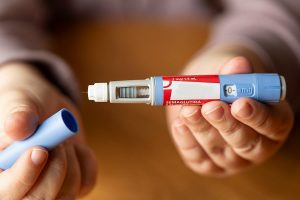
More U.S. veterans are at increased risk for heart disease, a looming public health problem, researchers say. They analyzed data from more than 153,000 people who took part in the National Health Interview Survey, conducted by the U.S. Centers for Disease Control and Prevention, in 2012, 2013, 2014 and 2015. Vets between the ages of 35 and 70 reported significantly more heart conditions than non-veterans, the data showed. After age 70, non-veterans reported more, but the study’s author suspects that might be because fewer vets survived into old age due to heart disease. “I think it’s sort of the first indication of a coming public health crisis for veterans,” said study author Ramon Hinojosa, assistant professor of sociology at the University of Central Florida. “Because of the wars in Afghanistan and Iraq, we have a relatively large, new younger generation of veterans who are going to survive for 30 or 40 years after their war experience,” he said in a university news release. The study suggests that what’s known as the “healthy soldier effect” is no longer guaranteed. That’s the tendency for members of the military to be more fit and less overweight than same-age civilians. Hinojosa said the change could be due the nature of modern warfare, changes in diet, leisure and exercise, more obesity among younger vets, and higher rates of drinking, smoking… read on >



















-300x169.jpg)
















